SIGHTSEEING
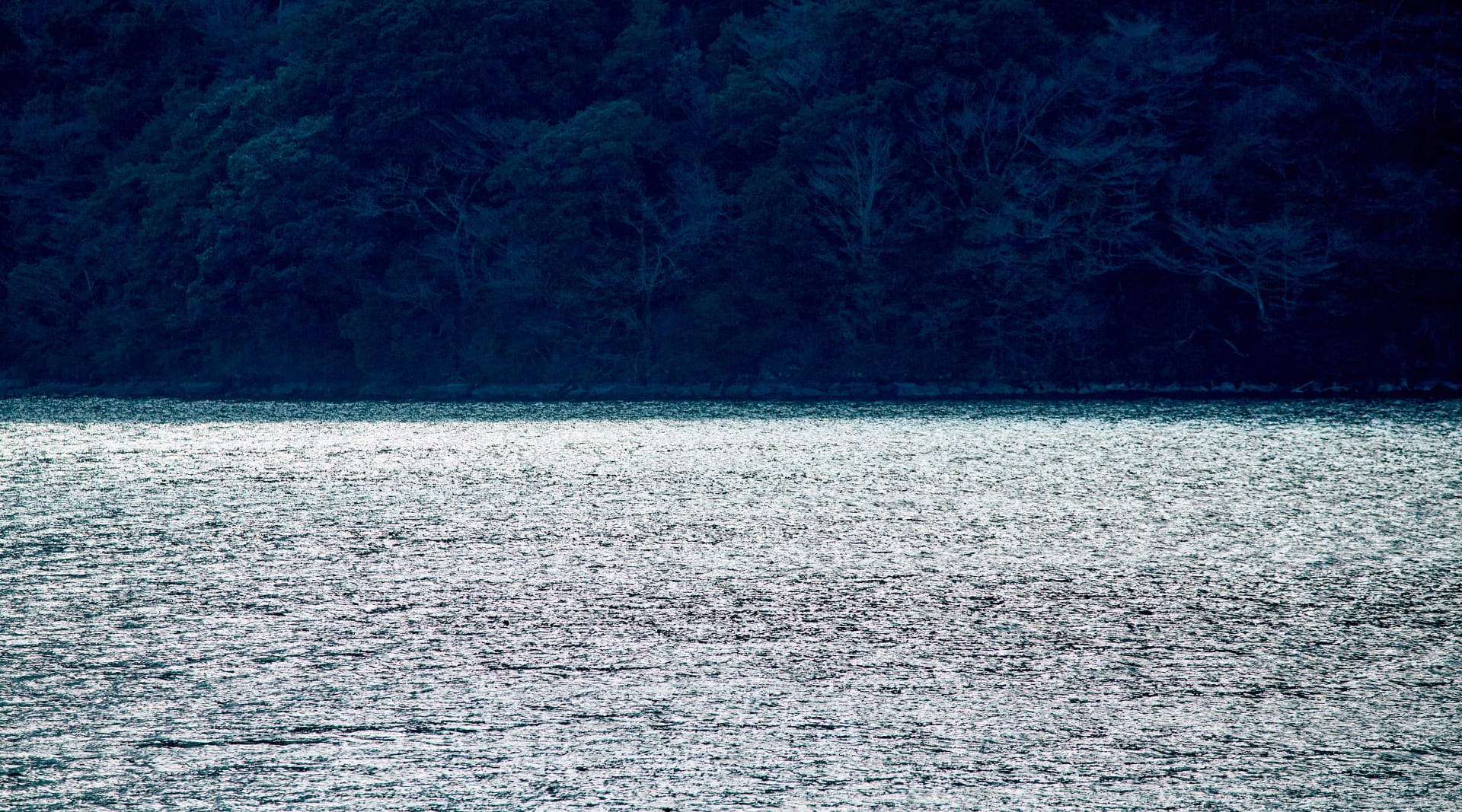
Sightseeing Information
Around ESPACIO The Hakone Geihinkan Rin-Poh-Ki-Ryu, there are many breathtakingly beautiful places where you can directly experience the blessings of nature and the changing of the seasons. Vast wetlands brimming with plants from all over Japan. Dynamic cliffs where you can feel the breath of the earth. Peaceful parks with panoramic views of Mt. Fuji. Tranquil shrines dedicated to the god of victory and the god of water. Art museums with sculptures that blend harmoniously in with nature. A short tour around the region is all you need to enrich yourself with Japanese culture and experience the unique climate of Hakone itself.

Hakone Botanical Garden of Wetlands
This serene botanical garden primarily features plants that grow in wetlands, rivers, lakes, and marshes. In addition to 200 species of wetland plants from lowlands to alpine areas throughout Japan, about 1,100 species of grassland, forest, and alpine plants are also on show here, with beautiful flowers in bloom during any given season.
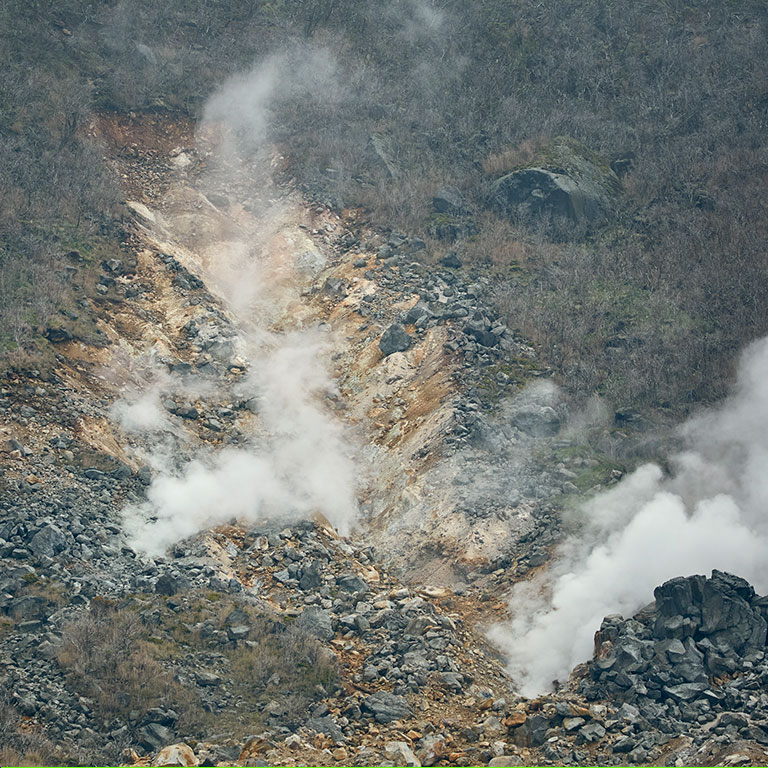
Owakudani
Formed some 3,000 years ago when Hakone 's highest peak, Mt. Kamiyama, collapsed in an eruption, this 1,044-meter-high volcanic valley is now one of Hakone's most famous tourist attractions. Even now that major eruptions have subsided, volcanic activity continues, and it is possible to still see volcanic fumes rising from the surface of its cliffs like the breath of the earth.
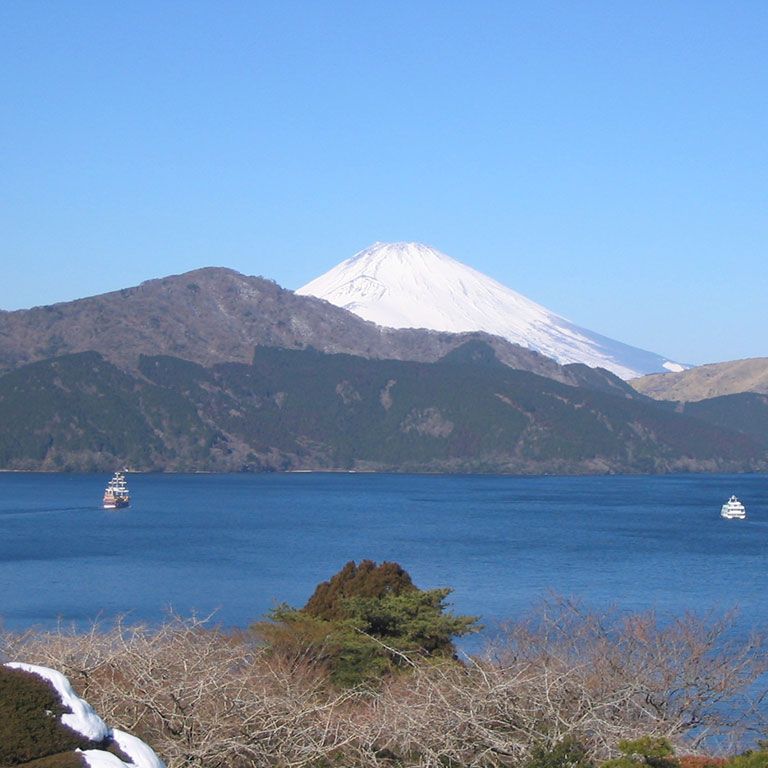
Onshi-Hakone Park
This scenic park stretches over the site of the former Hakone Detached Palace, which was built for the Imperial Family in the Meiji period (1868-1912) as a summer retreat and a place to avoid illness. Mount Fuji, Lake Ashi, and the surrounding Hakone outer mountain range can be seen from the pristine grounds. The well-maintained hedges and gardens, their appearances changing with the seasons and adding color to the park, are among some of the best scenic views in the area.
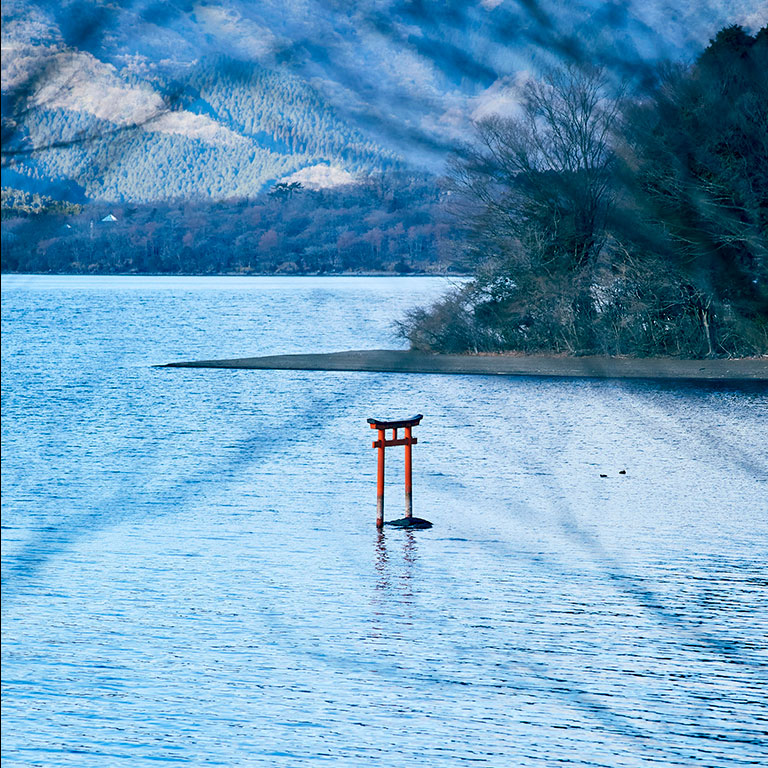
Hakone Shrine
This famous shrine is the Kanto region's chief Shinto shrine. It was erected over 1,200 years ago and was once visited by many warlords due to its reputation as the dwelling place of the gods of wish fulfilment and victory. A short walk down the picturesque path beside Lake Ashi from Hakone Shrine also lies Kuzuryu Shrine, where the god of water is enshrined.
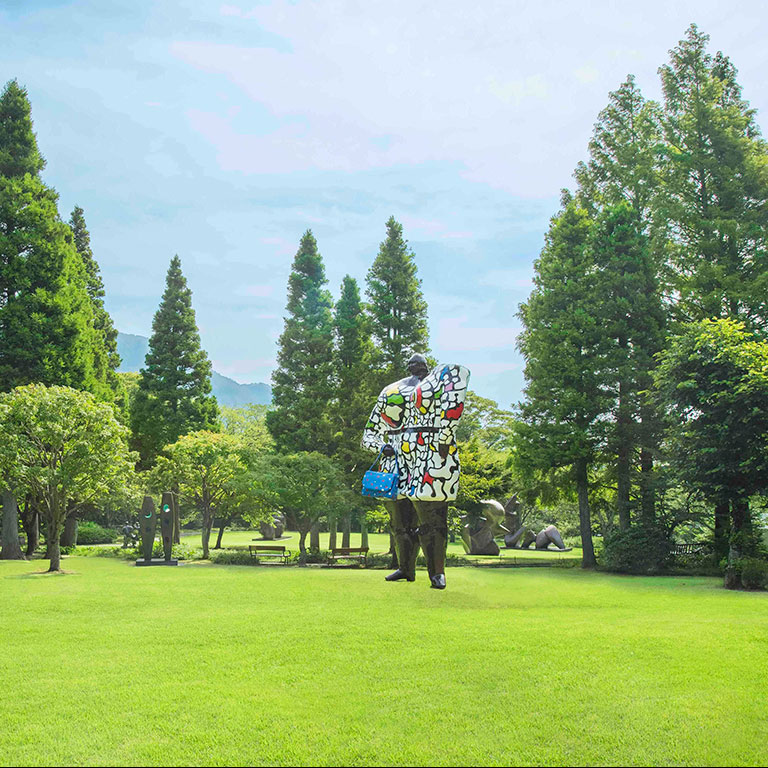
The Hakone Open-Air Museum
Established in 1969, the Hakone Open-Air Museum primarily features modern and contemporary sculptures from the 20th century onward. Set against the backdrop of creeks, ponds, and the mountains that flank the onsite buildings, the museum places an emphasis on “environmental sculpture” where sculptural works blend harmoniously in with nature. It is also known as the first place in Japan to exhibit sculptures outdoors.
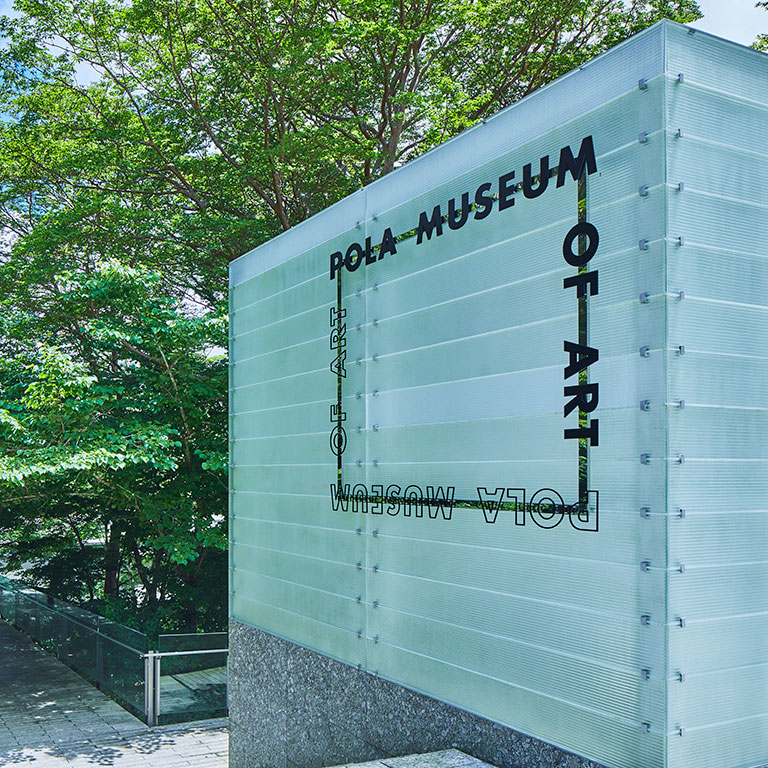
Pola Museum of Art
The Pola Museum of Art blends in seamlessly with the surrounding nature of Hakone National Park and its forests. The museum's collection of approximately 10,000 works is truly diverse, including Western paintings, Western-style paintings by Japanese artists, Japanese-style paintings, prints, East Asian pottery, glassworks, and cosmetic tools from every age and region.
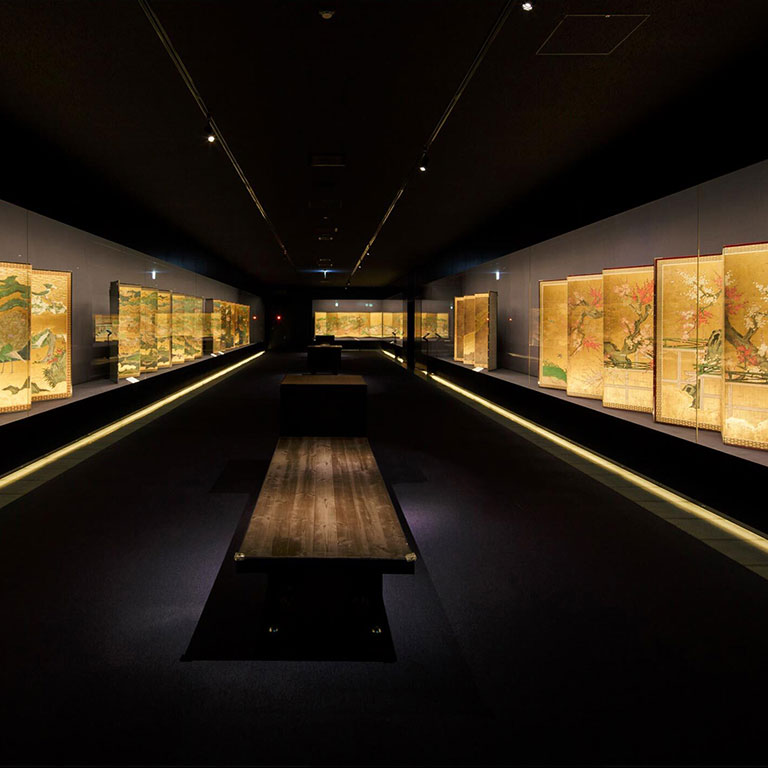
Okada Museum
Opened in 2013 in Kowakudani, known for its geothermal area and Senjo Waterfall, the Okada Museum boasts the largest exhibition space in Hakone. It holds a rich collection of Japanese and East Asian paintings and ceramics, allowing visitors to explore the roots of Japanese beauty.
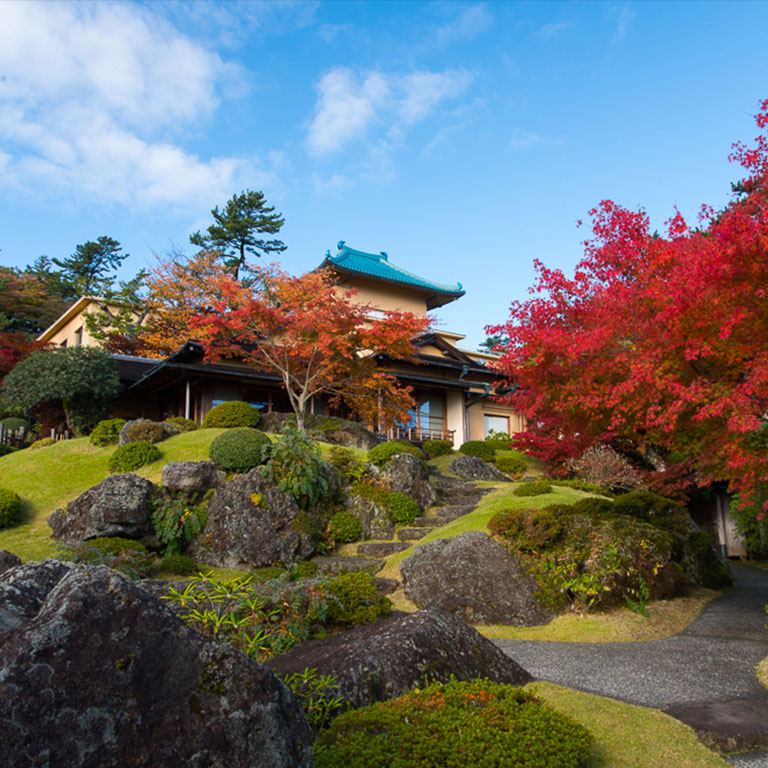
Hakone Museum of Art
This is a historic museum that opened in 1952. Since 1944, the museum has been integrating the natural beauty of mountains and waters with the artificial beauty of gardens, creating the "Shinsenkyo" (a scenic spot), within which the museum was built. Primarily exhibiting Japanese ceramics, it also holds special exhibitions with various themes, tailored to the unique environment of Hakone.
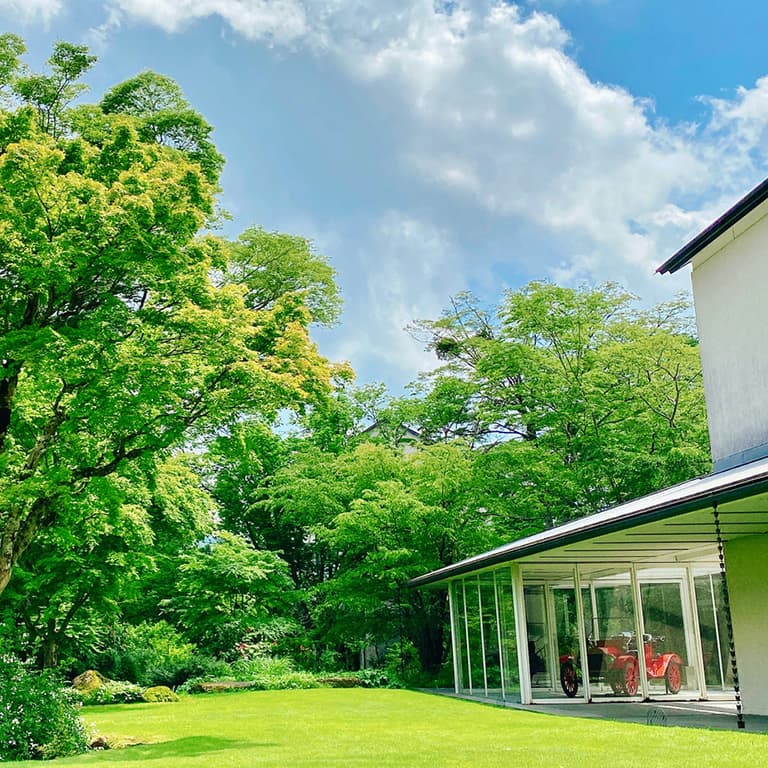
Lalique Museum, Hakone
The Hakone Lalique Museum, representing the artistic flourishing of the early 19th to 20th centuries, features a collection and exhibition of works by French artisan René Lalique. Visitors can enjoy a selection of glassworks, jewelry, and furniture. The museum's garden pond, which showcases varying colors with the seasons, is also a highlight.

Hakone Venetian Glass Museum
Located in Sengokuhara, famous for its pampas grass fields, the Hakone Venetian Glass Museum specializes in Venetian glass, said to originate from ancient Rome. The museum is surrounded by beautiful gardens blooming with seasonal flowers, offering visitors a sensation of visiting a small Italian village. Illuminations are a major attraction, and various events are held throughout the year.

Narukawa Art Museum
The Narukawa Art Museum, home to about 4,000 paintings, focuses on modern Japanese painters like Yamamoto Kyujin and Hirayama Ikuo, who are recipients of the Order of Culture. Built on a hill overlooking Lake Ashi and the red torii of Hakone Shrine, the museum offers a magnificent view from its 50-meter-long panoramic lounge window.
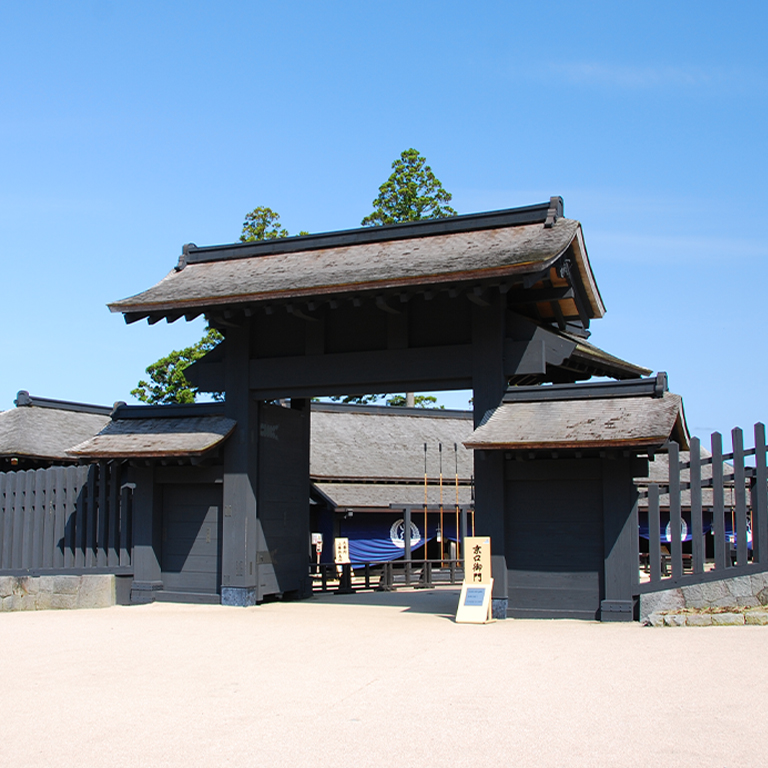
Hakone Sekisho
Hakone Sekisho, an important historical site in Japan's transportation history, functioned as a key checkpoint on the Tokaido during the Edo period. Located in front of Lake Ashi with Mount Byobu in the background, its scenic location serves as the gateway to Hakone and Lake Ashi. The surrounding trails are well-maintained, allowing visitors to experience both the natural beauty and history of Hakone.


